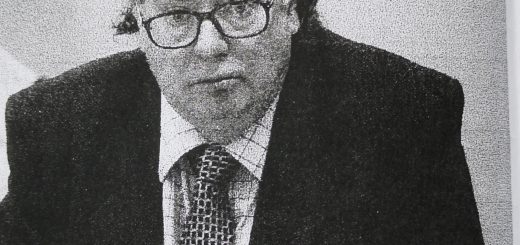‘Super City’ four years on – not so super
The 1st November will be the 4th anniversary of the beginning of Auckland’s new ‘super city’ council.
Much was promised when the seven former territorial local authorities and the Auckland Regional Council were disbanded/amalgamated by the National government – so how is it all working out? Well, I am disappointed to say, not so good.
The idea of one, unified council for Auckland was not an unreasonable one – in theory. Economies-of-scale, critical mass to enable cost savings, regional unity etc., etc., made the idea plausible and attractive on the face of it. But as it often happens, practical reality and human frailty – in other words politics – can confound the best theories. It certainly happened in this case. Practical reality has shown that economies-of-scale doesn’t necessarily mean the-greater-the-size, the-greater-the-efficiency. Practical reality has shown that the Auckland Council bureaucracy, and that of its huge and semi-independent CCO offspring, Auckland Transport, are bigger than optimal size and growing every year. Then there is the politics.
As the leader of the former Auckland Regional Council – the one Auckland council that operated region-wide before 2010, I can say it was understood and accepted by the ARC that, for the greater good of Auckland the ARC would have to be disbanded to make way for the new ‘super city’. What we didn’t understand, (because it only became clear when it was much too late), was that abolishing the ARC was not just a means to an end but actually a prime objective of the super city amalgamation.
Business lobbyists in Auckland, people in the local authorities, senior bureaucrats in Wellington and, it appears, the National Party caucus, had long resented the checks and balances the ARC represented in terms of planning and the environment, and they wanted it gone.
So the government charged Rodney Hide (though in reality the man pulling the strings was Steven Joyce) with the task of pushing through this enormous amalgamation as quickly as possible and without any vote or consent from the ratepayers. In the rush to get the job done, insufficient consideration was given to the real costs of amalgamation – and these were swept under the carpet.
Even before its formal establishment the Super City blew any serious chance it had to achieve cost efficiencies. It seems that so bent were the powers-that-be on airbrushing out the regional legacy, going back to Dove-Myer Robinson’s ARA, that in the week before the new Auckland Council was sworn-in, management took the decision to pay to get out the lease of the purpose-built ARC regional house. This decision, plus a blow out in staff numbers was to create a staff accommodation shortage. This management ‘solved’ by the acquisition of the flash ASB bank head on Albert Street at an eventual cost of $157.4m. Then there is the huge and growing cost of IT – on which and incredible $431m has been spent – nearly three times as that on the flash building.

‘The proud tower’. The former ASB Bank HQ at 135 Albert Street now the HQ of Auckland Council. Its purchase emblematic of all that is wrong about the Super City.
These decisions plus the increase of staff of the council and its CCOs, from 9,300 in 2010 to 11,134 this year, has helped bring on a budget crisis that will means cut backs to services to the public and cuts and deferrals of agreed local board commitments to their communities. There is more of course. Most worrying is a culture of secrecy and a tendency to ram decisions through the governing body, with minimal time for reflection and debate – and with minimal information – indeed in some cases eg ‘cultural impact assessments’ and the Hunua dam shut-down, the deliberate withholding of information from the councillors.
So four years on, despite the best intentions and good of will of many of us to see the new Auckland Council succeed, any opportunity it might have had to be a powerful and efficient force for good in Auckland – and an inspirational example for the rest of the country, has been squandered.




I agree with everything in the above article.
The previous amalgamation in 1989 didn’t save much money either, I suspect.
By the way, I think that the airport train or tram issue might be solved by using a tram-train (see Karlsruhe model in Wikipedia). I tried to email you about this, but my email bounced back.
Anyway, keep up the good work!
Thanks Robert